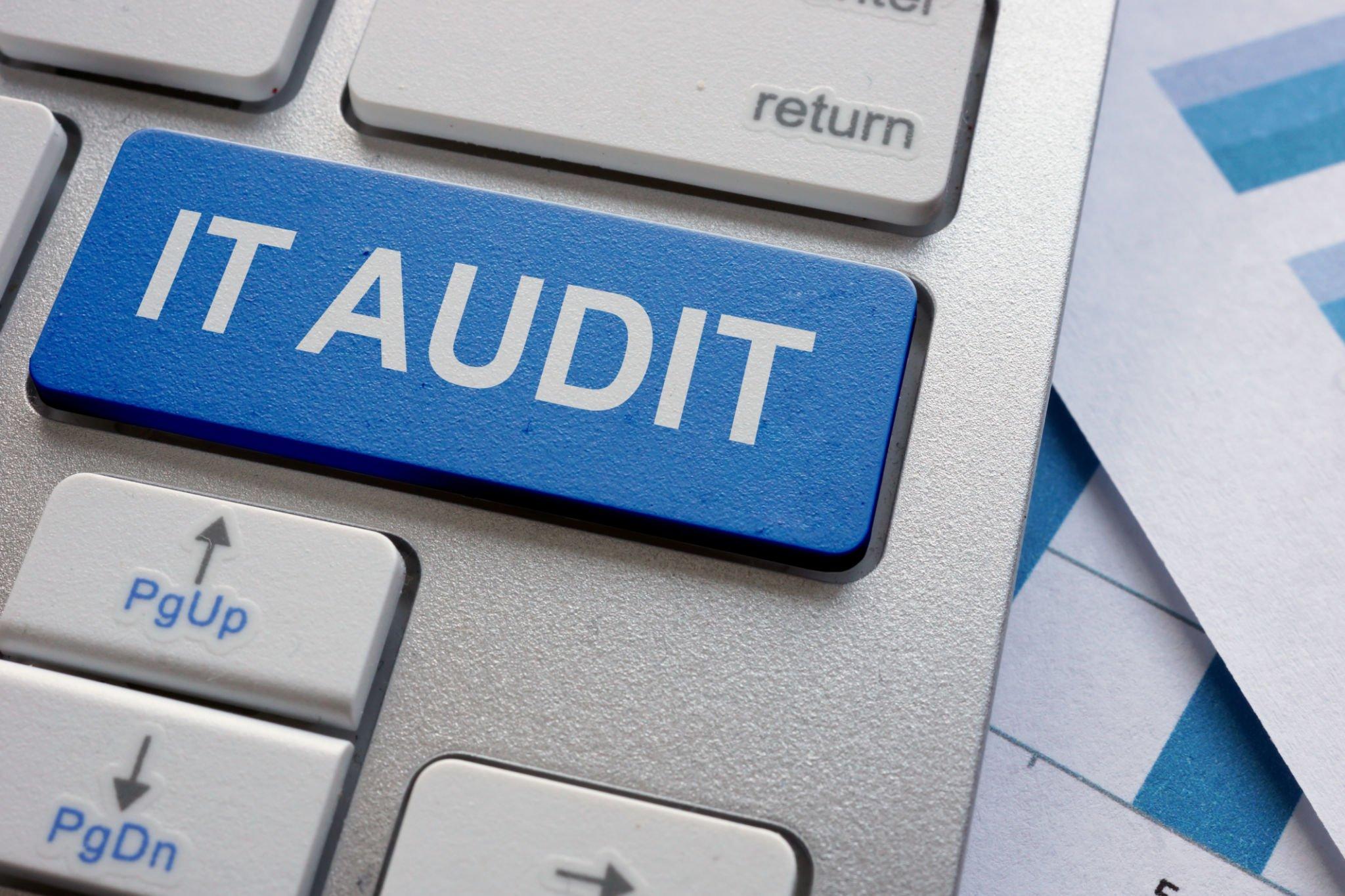
Information technology (IT) is essential to the success of most businesses today. However, IT also introduces new risks, such as data breaches, cyber-attacks, and fraud. That’s why it’s so important for businesses to have a strong IT audit program in place.
An IT audit is a systematic examination of an organization’s IT systems and controls to ensure that they are effective and compliant with applicable laws and regulations. IT audits can help businesses to identify and mitigate IT risks, improve their IT governance, and achieve their business objectives.
The grocery list of an IT audit is a comprehensive list of the areas that should be checked during an IT audit. This list includes everything from the organization’s IT infrastructure to its data security policies and procedures.
Here is a breakdown of the grocery list of an IT audit:
- IT infrastructure: This includes the organization’s hardware, software, and network infrastructure. The auditor will check to make sure that the organization’s IT infrastructure is secure and that it meets the organization’s business needs.
- Data security: This includes the organization’s policies and procedures for protecting its data. The auditor will check to make sure that the organization has adequate data security measures in place to protect its data from unauthorized access, use, disclosure, disruption, modification, or destruction.
- Applications: This includes the organization’s software applications. The auditor will check to make sure that the organization’s applications are secure and that they meet the organization’s business needs.
- Business processes: This includes the organization’s processes for managing its IT systems. The auditor will check to make sure that the organization’s business processes are efficient and effective, and that they meet the organization’s business needs.
- People: This includes the organization’s employees who use IT systems. The auditor will check to make sure that the organization’s employees are aware of the organization’s IT security policies and procedures, and that they are following these policies and procedures.
- Compliance: This includes the organization’s compliance with applicable laws and regulations. The auditor will check to make sure that the organization is in compliance with all applicable laws and regulations that relate to its IT systems.
- The grocery list of an IT audit is just a starting point. The specific areas that are checked during an IT audit will vary depending on the organization’s specific needs and risks. However, the grocery list provides a good overview of the areas that should be checked during an IT audit.
- By following the grocery list of an IT audit, businesses can help to ensure that their IT systems are secure and compliant with applicable laws and regulations. This can help to protect businesses from IT risks, improve their IT governance, and achieve their business objectives.
Here are some additional tips for conducting an IT audit:
- Start by identifying the organization’s IT risks. This will help you to focus your audit on the areas that are most important to the organization.
- Gather evidence to support your findings. This evidence can include documentation, interviews, and observations.
- Communicate your findings to the organization. This will help the organization to understand the risks that it faces and to take steps to mitigate these risks.
- Follow up to ensure that the organization takes action to address your findings. This will help to ensure that the organization’s IT systems are secure and compliant with applicable laws and regulations.
- By following these tips, businesses can conduct effective IT audits that help to protect their IT systems and achieve their business objectives.




